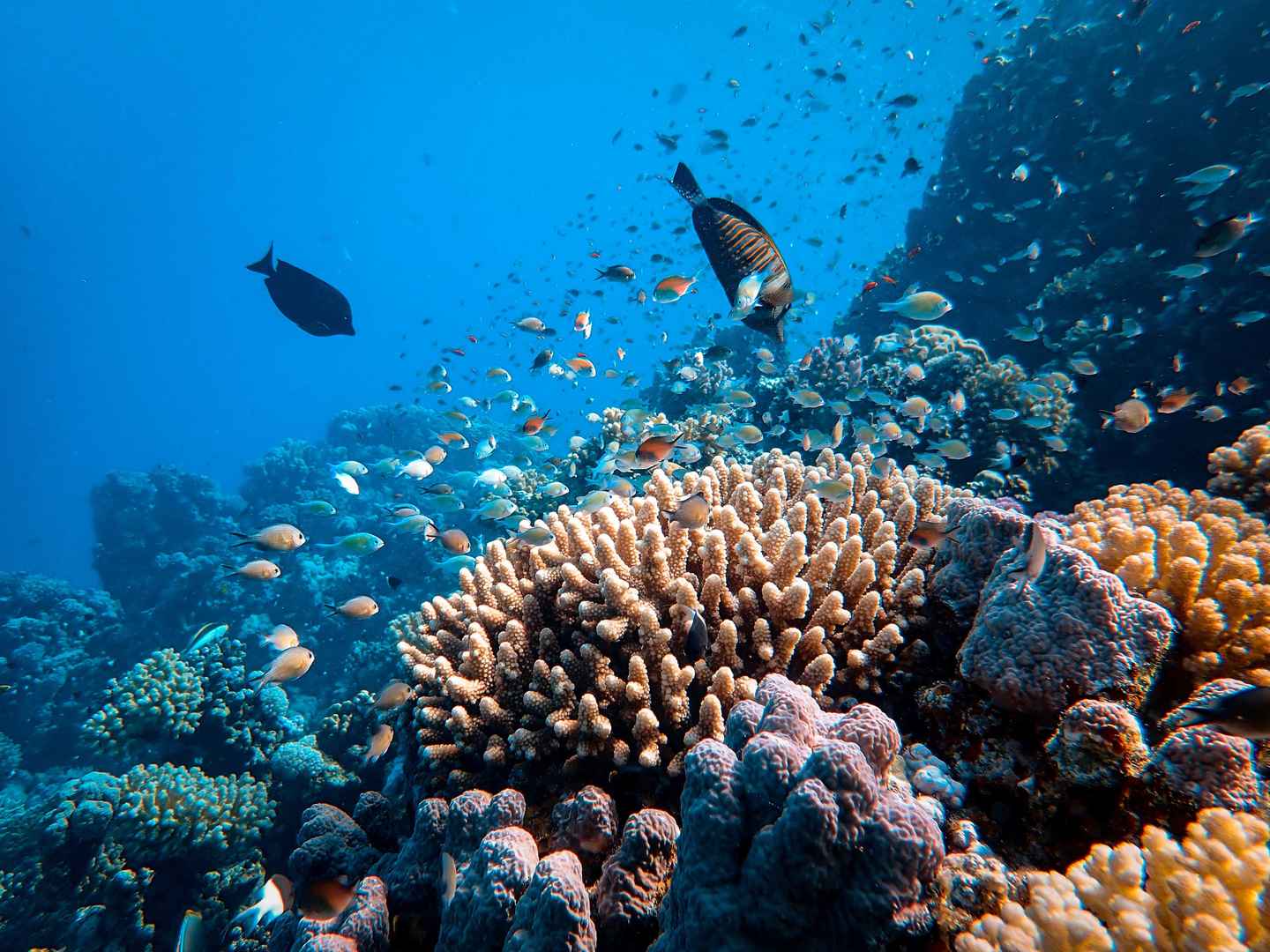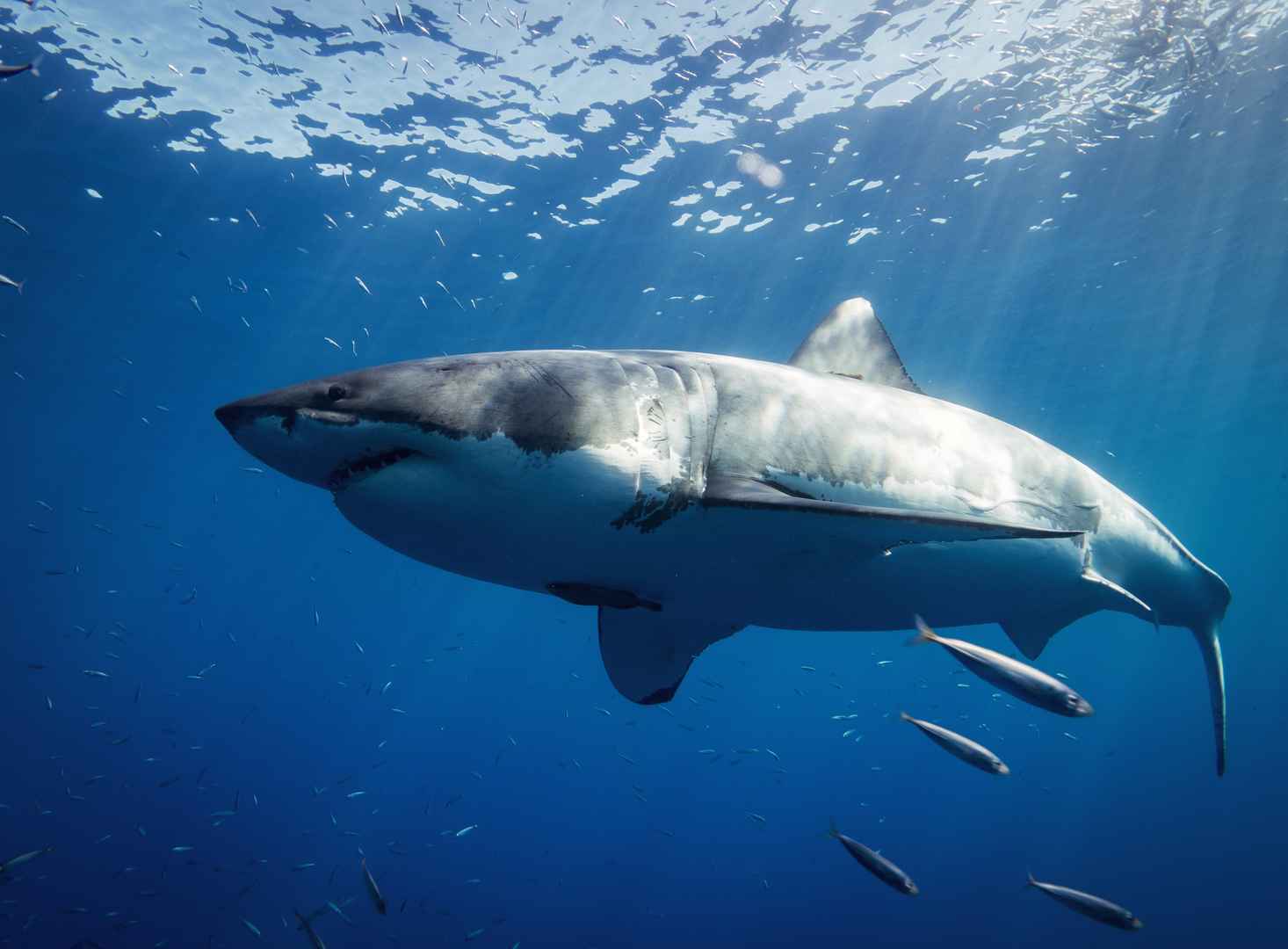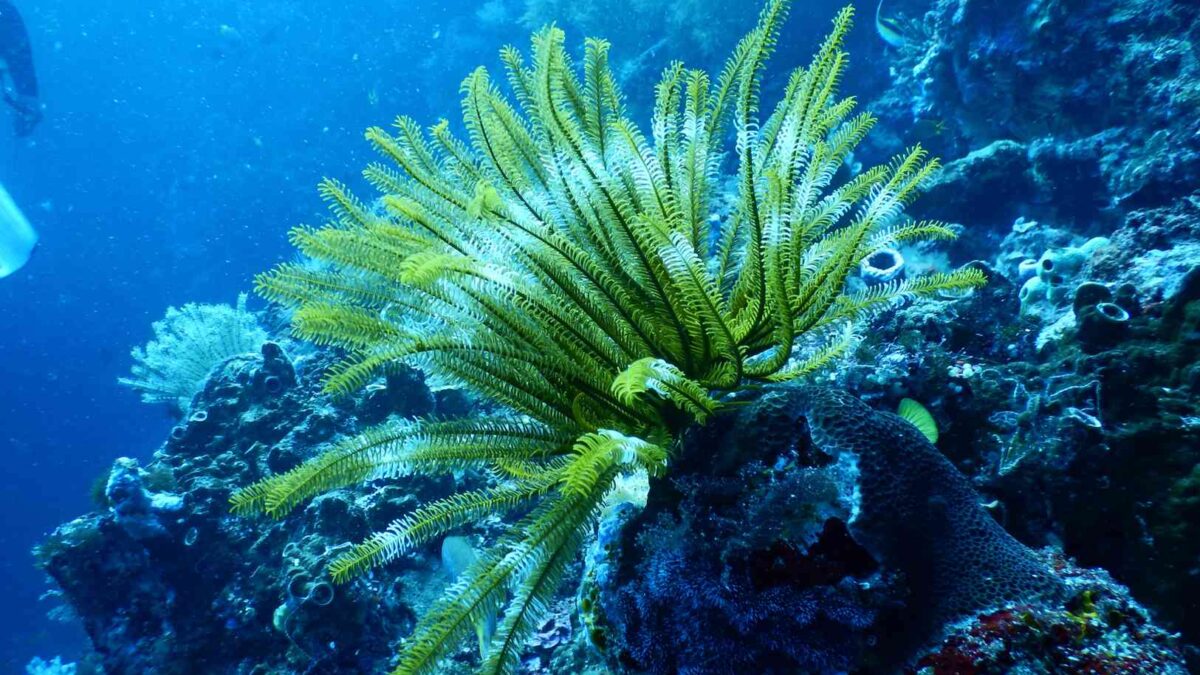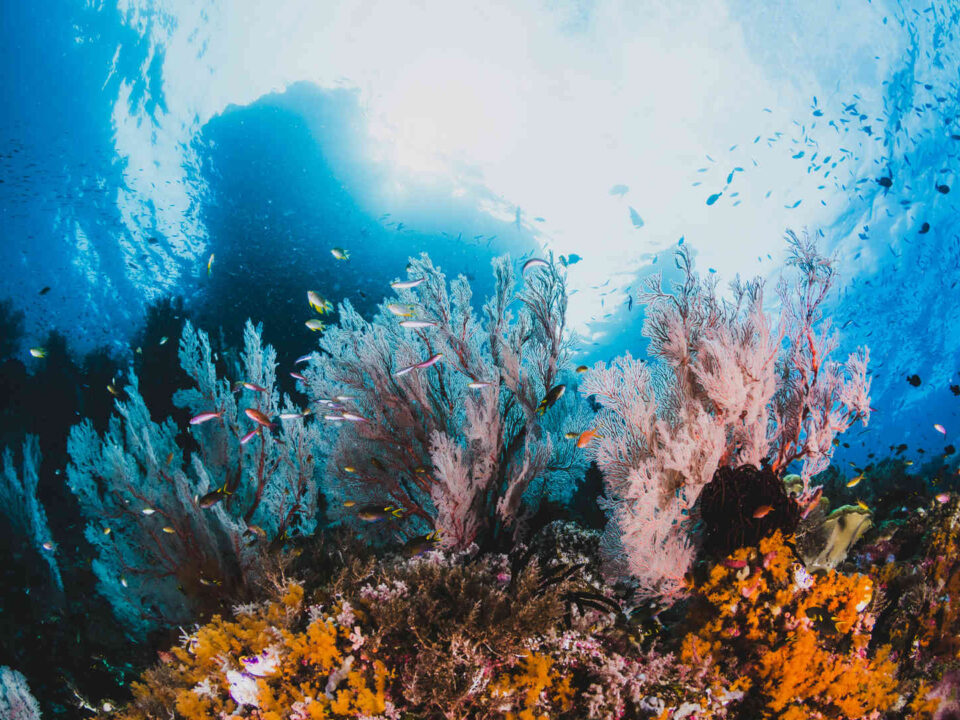
MANGROVES
July 27, 2022
Shark
July 27, 2022Seagrasses are found in shallow salty and brackish waters in many parts of the world, from the tropics to the Arctic Circle. Seagrasses are so-named because most species have long green, grass-like leaves. They are often confused with seaweeds, but are actually more closely related to the flowering plants that you see on land. Seagrasses have roots, stems and leaves, and produce flowers and seeds. They evolved around 100 million years ago, and today there are approximately 72 different seagrass species that belong to four major groups. Seagrasses can form dense underwater meadows, some of which are large enough to be seen from space. Although they often receive little attention, they are one of the most productive ecosystems in the world. Seagrasses provide shelter and food to an incredibly diverse community of animals, from tiny invertebrates to large fish, crabs, turtles, marine mammals and birds. Seagrasses provide many important services to people as well, but many seagrasses meadows have been lost because of human activities. Work is ongoing around the world to restore these important ecosystems.


